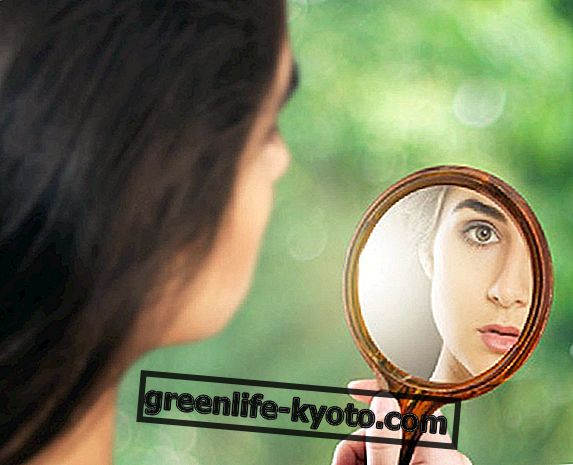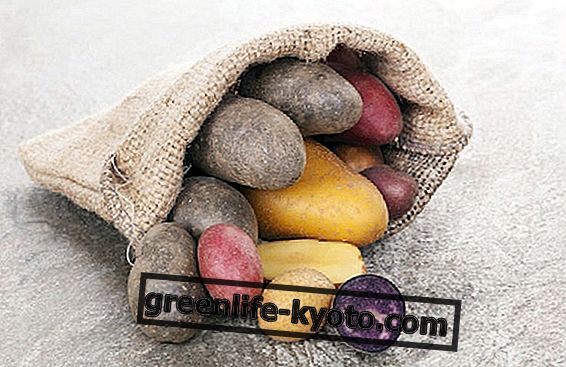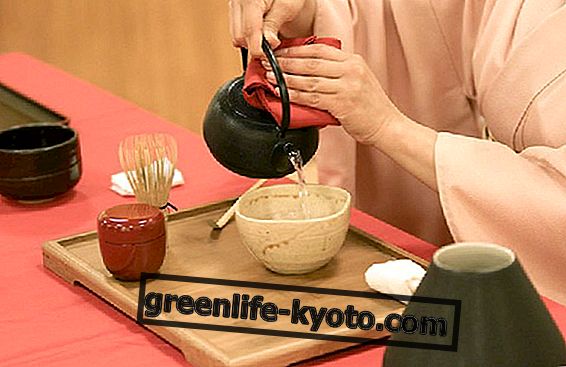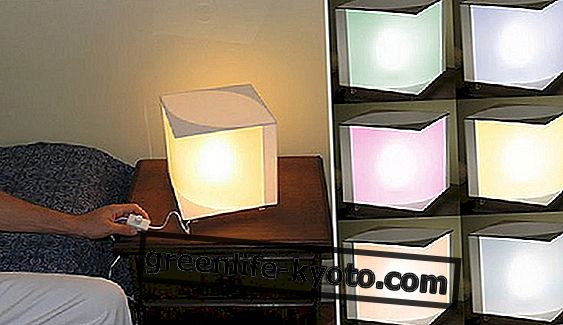
Why is the Befana ugly?
The Befana is an ugly and humpy old woman, with a pronounced nose and sharp chin, dressed in rags and covered with soot. Tradition has it that on the night between 5 and 6 January, while everyone is asleep, the little woman slips into the fireplace, bringing gifts and sweets in the socks of good children, charcoal to bad ones. Its origin is lost in the mists of time, descends from pre-Christian magical traditions and, in popular culture, blends with Christian elements, so that the Befana brings the gifts in memory of those offered to Jesus by the Magi. In fact it happened that the Magi, while they were on their way to reach Jesus, asked her where the road to Bethlehem was and the old woman pointed it out to her, but, despite their insistence, she did not join them because she had too many tasks to attend to. After the Wise Men left, he felt he had failed to refuse their invitation and decided to join them, but he could no longer find them. So he knocked at every door leaving a gift to every child in the hope that one of them was Jesus, continuing today, riding his broom.
The pagan tradition wants it ugly and old because it represents the now bare nature that will then be reborn, symbolically taking up again the now worn-out year, which brings the new and fades away. Its ugly appearance, which depicts the evils and pains it has gone through, takes on an apotropaic function (that is, the removal of evil) and the Befana becomes a sacrificial figure, so the puppet is often burned. In ancient times, on the twelfth night after Christmas, after the winter solstice, death and the rebirth of nature were celebrated, through the pagan figure of Mother Nature . On the night of January 6, Mother Nature, tired from having given all her energy during the year, appeared in the form of an old and benevolent witch, who flew through the skies with a broom. By now dry, Mother Nature was ready to be burned like a branch, so that it could be reborn from the ashes like a young Nature, like a new moon.
Every woman is a little Goddess and a little Befana
Women who for whatever reason are led to feel a bit Befane, should treasure their "flaws", play with it and laugh about it, without fear. His nose too prominent, a mouth too thin, hair that never fits. Every element that we find in us physically negative, can become an advantage, a lever from which to start again for a rebirth, a strength to forge a splendid personality, if not already that particular that can really please man. According to recent surveys, the orcs and black monsters of women are cellulite, wrinkles and unwanted hair, followed by stretch marks, a swollen belly and hair loss. But let's look around, leave the mirror aside and grow. The flapping ears of Charlotte Gainsbourg, the alleged crooked legs of Julia Roberts, the important nose of Sarah Jessica Parker did not prevent an aura of charm from being created around them. Healing is important, but it must not become an obsession that sucks your life, a worm. Listening and listening to it is even more. Rarely will a man criticize a woman for that annoying orange-peel skin or rather prominent bacon which, indeed, she can find very sexy. And again, before humiliating yourself for the umpteenth time in front of the mirror, remember that a particular nose, which has its own line, gives a touch of personality and character to an otherwise anonymous face. Men also like low women and if you don't have perfect legs, remember that well-groomed and shiny hair makes you feel better. That new wrinkle that appeared on the sides of the eyes is the map that man uses to reach our heart, the sign of an extra smile, the design of a life lived in full. To remember then Marcel Proust when he said: "We leave the beautiful women to men without imagination", and, above all, the spicy provocation of Coco Chanel "Beauty serves women to be loved by men, stupidity to love men"!
SEE ALSO
Gift ideas for the Befana: homemade natural cosmetics













